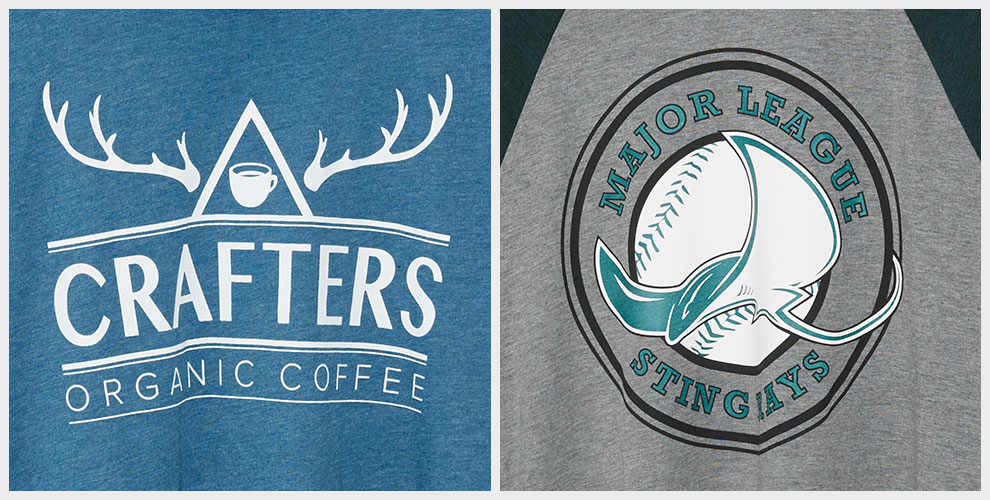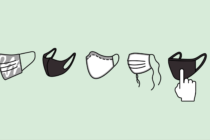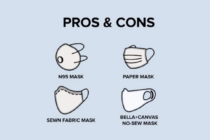Our Heather CVC and Triblend tees are favorites among our customers—the special combination of blended fabrics make them some of the softest and most comfortable garments you can print on. But this mixing of cotton, polyester and rayon fibers also can create a challenge when it comes to screen printing, so we tend to get a log of questions on how to screen print on triblends and heather t-shirts.
Since triblends have a mix between natural and synthetic fibers, screen printing on these types of garments can often have unpredictable or inconsistent results. This is because each of these fibers interact with certain screen printing inks differently. Cotton and other natural fibers have a higher heat tolerance and the ability to be discharged for a natural colored base, making them ideal for those who want only the softest screen prints. Polyester is durable, but you will run into issues with dye migration when you start raising the temperature above 320 degrees, whereas rayon is tricky because of it’s low heat-tolerance.
Because these are some of the most popular garments types requested by customers, mastering the art of printing blends will put your shop at a big advantage. We consulted the experts at Ryonet to give you the tips and tools you need to feel confident about printing on our blends! Read their guest post below:
Avoid flashing (and underbasing)
Because of their high rayon count, tri-blends t-shirts and poly blend garments have a much higher sensitivity to heat and are prone to scorching. This means you should avoid flashing when at all possible. Since underbasing requires you to flash your first layer of white ink, you should also avoid using a white underbase in your prints.
Print wet-on-wet (and embrace the vintage look)
Since you’re not printing with a flash in-between each color, you should start brushing up on your wet-on-wet printing instead. This will give you a softer, more vintage looking print, but will protect your garments from the issues that overheating them will cause.
Use water based inks or plastisol (not discharge)
The best inks to use for these kinds of garments are either water based or plastisol inks. While discharge printing is possible, it will only properly discharge the cotton and natural fibers and leave the synthetic fibers with their original color, which makes the print look vintage or worn. Plastisol inks will give you a brighter and bolder looking print, but often end up with uneven textures due to the fiber differences in the garment. We recommend using a high solids acrylic water based ink, like Green Galaxy HSA Water Based Inks, to get the most vibrant and soft print possible when screen printing on poly and tri-blends.
Poly and tri-blend garments are really some of the softest and most highly requested garments in the fashion screen printing realm, and while they present some difficulties that other garments types don’t, they aren’t impossible to master. Take your time when explaining to the customer how these kinds of garments will affect your prints, and always remember to test test test before running a full job on your press.
If you liked this article by Ryonet, check out their full blog of screen printing tips, how-tos, and advice from the experts at www.ryonetblog.com.






7 Comments
Stampa Prints
https://blog.bellacanvas.com/screen-print-triblends-heathers/
Bertie
https://waterfallmagazine.com
Hello there! This post could not be written any better! Reading through this post reminds me of my good old room mate!
He always kept talking about this. I will forward this page to
him. Fairly certain he will have a good read.
Thanks for sharing!